IDD Insight
A new threat emerges in the Indo–Pacific. China is expanding its nuclear arsenal, adding longer range missiles, some with multiple warheads and is moving towards adopting a ‘launch-on-warning posture’ for its land-based long range nukes, called the inter-continental ballistic missiles (ICBM’s).
A ‘ launch-on-warning’ capability is a term of the Cold war (1945 to 1991) when US and Soviet Union missile systems carrying nukes were ready to counter strike at a short warning indicated by radars and later by satellites. The system is still in vogue with hundreds of deployed warheads and satellites watching each move.
Even during the worst of times during the cold war, the US and the Soviets had a back channel open to prevent any false alarms of this system. China, with little regard to global commons or a rule based order has no such system of back channel talks with anyone in the world hence the ‘launch on warning’ could raise an alarm.
A ‘launch on warning’ capability would necessitate the mating of warheads with delivery vehicles on ground and be in ready to launch mode. The People Liberation Army Navy (PLAN) already has a fully operational SSBN (Ship, Submersible, Ballistic, Nuclear) force would require warheads to be loaded on the missiles.

The evidence of a nascent launch-on-warning posture is based on development of early-warning systems and new silos for solid-fuelled missiles besides the People’s Liberation Army Rocket Forces (PLARF) conducting high-alert and combat readiness drills.
These details are part of the Swedish think-tank Stockholm International Peace Research Institute (SIPRI) released ‘Yearbook 2021’, which assesses the current state of armaments, disarmament and international security.
US, Europe and India in range newer type of multiple warheads missiles
China is apparently improving the penetration capabilities of its warheads in response to advances in US and, to a lesser extent, Russian and Indian missile defences, says the SIPRI report as it lays out the emerging threat from Beijing.
After many years of research and development, China has modified a small number of ICBMs to deliver nuclear multiple independently target-able re-entry vehicles (MIRVs) and also manoeuvrable re-entry vehicle (MaRV).
In 2016 the PLARF began the deployment of the new dual-capable DF-26 intermediate-range ballistic missile. This missile has an estimated maximum range exceeding 4000 km and can therefore reach targets all over India and the western Pacific Ocean, including the US strategic base on Guam. The missile is equipped MaRV’s and is reportedly capable of precision conventional or nuclear strikes against ground targets, as well as conventional strikes against naval targets.
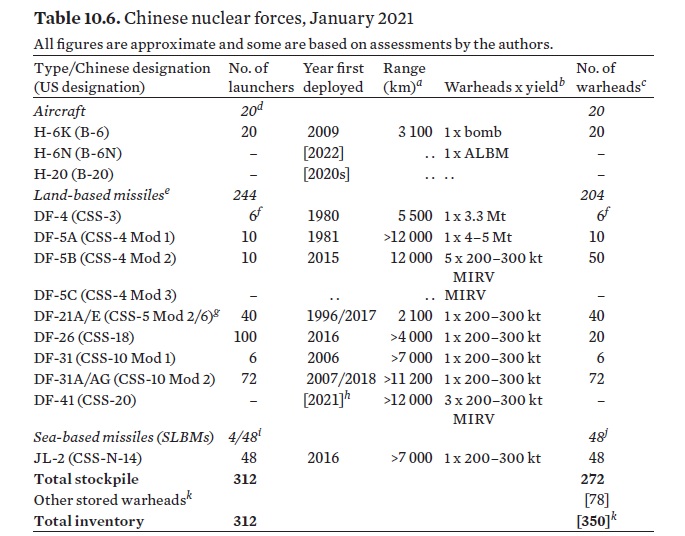
Operational systems will increase
New systems are under development and the operational systems may increase in number in the future. As of January 2021, China maintained an estimated total inventory of about 350 nuclear warheads. This is an increase of 30 from the previous year, largely due to indication that the DF-5B ICBM can carry more warheads than previously believed.
Just over 270 warheads are assigned to China’s operational land-and sea-based ballistic missiles and to nuclear-configured aircraft. The remainder are assigned to non-operational forces. SIPRI estimates that an additional 78 warheads might have been produced to arm China’s new DF-41 missile and additional JL-2 SLBM.
Switch to solid fuel tech
China has never declared the size of its nuclear arsenal but has a declared aim is to maintain its nuclear capabilities at the minimum level required for safeguarding national security. The goal is ‘deterring other countries from using or threatening to use nuclear weapons against China’. For decades, China did so with a dyad of mainly liquid-fuelled land-based ballistic missiles and a few sea-based ballistic missiles, with a small stockpile of gravity bombs available for bombers as a semi-dormant back-up capacity.
The change now is a fully operational triad of nuclear forces with solid-fuelled land-based missiles, six SSBNs, and bombers with a full, re-established nuclear mission in order to strengthen its nuclear deterrence and second-strike capabilities in response to what it sees as a growing threat from other countries.
The role of the DF 41
The DF-41 was publicly displayed for the first time in 2019 and is being integrated into training regiments, but as of Jan. 2021 it had not been declared fully operational. The D-41 is thought to be able to carry at least 3 warheads. SIPRI estimates that China 18 launchers and 54 warheads might become operational during or after 2021.
The PLARF has been developing a longer-range ICBM—the road-mobile, solid-fuelled, three-stage DF-41 since the late 1990s. The DF-41 has an estimated range in excess of 12 000 km, similar to that of the older DF-5. Satellite imagery in 2019 and 2020 indicated that the PLARF was building a significant number of silos—16 so far—at a missile training area near Jilantai, Inner Mongolia, possibly for the DF- 41.
Sea fleet growing
The PLAN is developing its next-generation SSBN, the Type 096. The US Department of Defence predicted in 2020 that construction would probably begin in the early 2020s. The new submarine is expected to be larger and quieter than the Type 094 and might be equipped with more missile launch tubes.

The Type 096 will be armed with a successor to the JL-2 SLBM called the JL-3. The new missile is thought to use technologies from the land-based DF-41 ICBM and have a longer range. The US Air Force’s National Air and Space Intelligence Center (NASIC) assesses that the JL-3 will be capable of carrying multiple warheads and have a range of more than 10 000 km.
SIPRI estimates that their armament of 24 additional JL-2 missiles and warheads have probably been produced and might become operational during or after 2021. Chinese SSBNs conduct patrols, there is no authoritative information suggesting that they have nuclear weapons onboard under
Will China use more anti ship missiles as Subs could be blocked
During a war, geographic choke points and advanced US anti-submarine warfare capabilities could force China to deploy its nuclear submarines in a protective bastion within the South China Sea, rather than sail them past Japan and out into the Pacific Ocean. These constraints significantly limit Chinese SSBNs from targeting the continental USA.
China conducted a flight test of a DF-26B, a variant of the DF-26 that could have an anti-ship mission. China appears to be producing the DF-26 in significant numbers, and might have had an inventory of up to 100 launchers as of the beginning of 2021, with many more in production. There were sightings of the missile at several PLARF brigade bases during
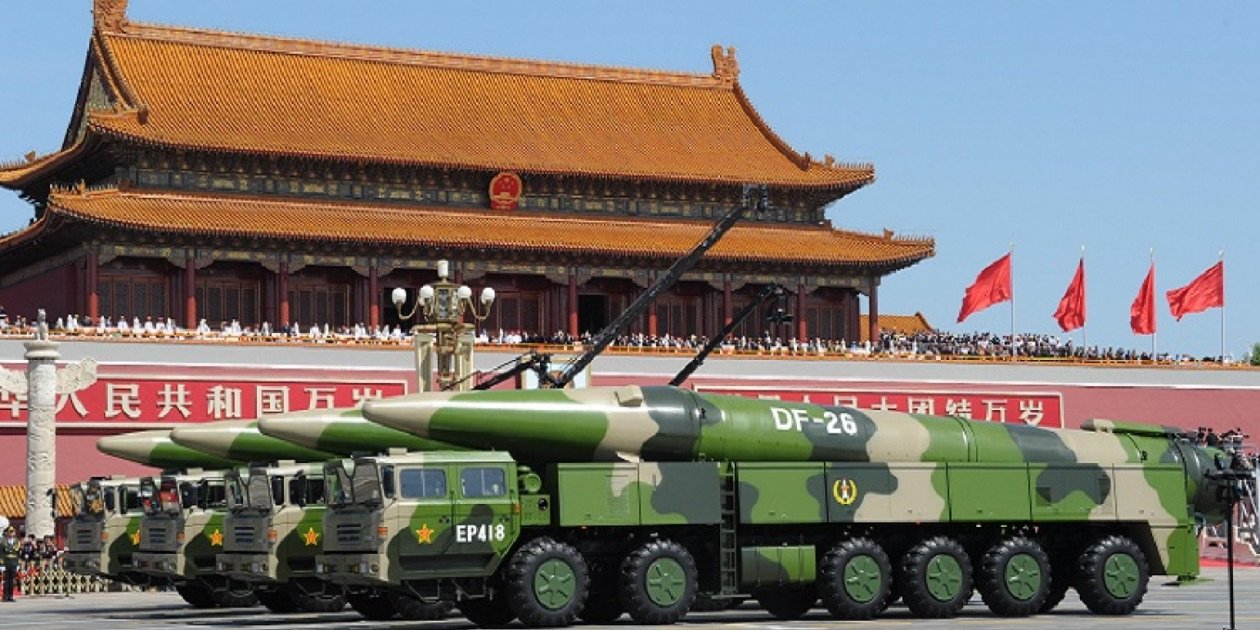
The Air power
Throughout 2020, US officials asserted that there is ‘increasing evidence’ that China in 2019 had ‘signaled the return of the airborne leg of its nuclear triad after the PLAAF publicly revealed the H-6N (B-6N) as its first nuclear-capable air-to-air refuelable bomber’
Legacy H-6 bombers did not include an air-to-air refuelling probe, which significantly limited their long-range targeting capability.

In 2018 the US Defense Intelligence Agency reported that China was developing two new air-launched ballistic missiles (ALBMs), ‘one of which China’s nuclear-capable land-based ballistic missile arsenal is undergoing gradual modernization as China replaces ageing silo-based, liquid-fuelled missiles with new mobile, solid-fuelled models and increases the number of road-mobile missile launchers.
China’s shift towards more survivable mobile missiles has been motivated by concerns that the USA’s advances in intelligence, surveillance and reconnaissance (ISR) capabilities and in precision-guided conventional weapons pose a pre-emptive threat to fixed missile launch sites and supporting infrastructure.





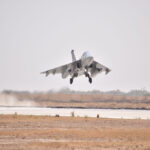
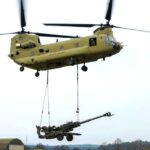
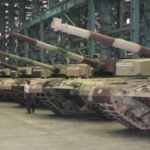

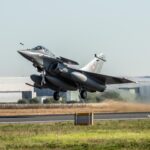


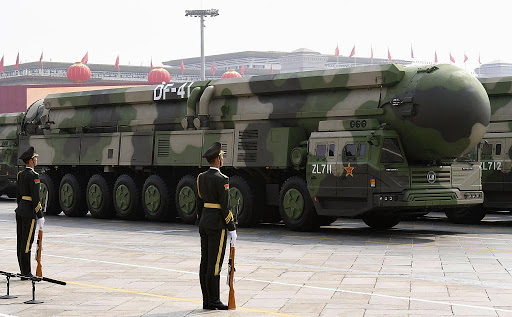

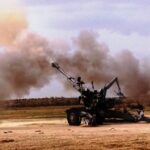
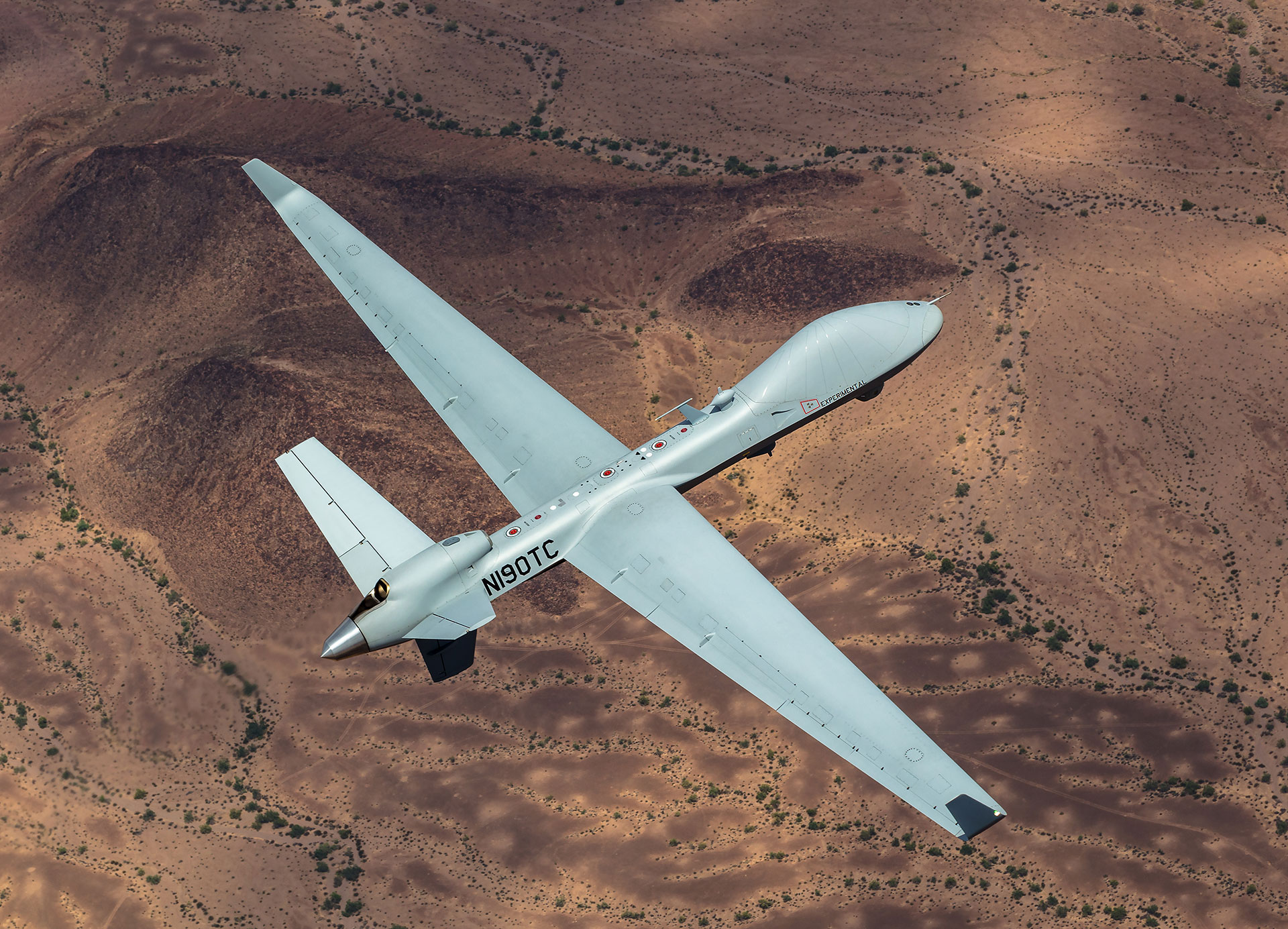


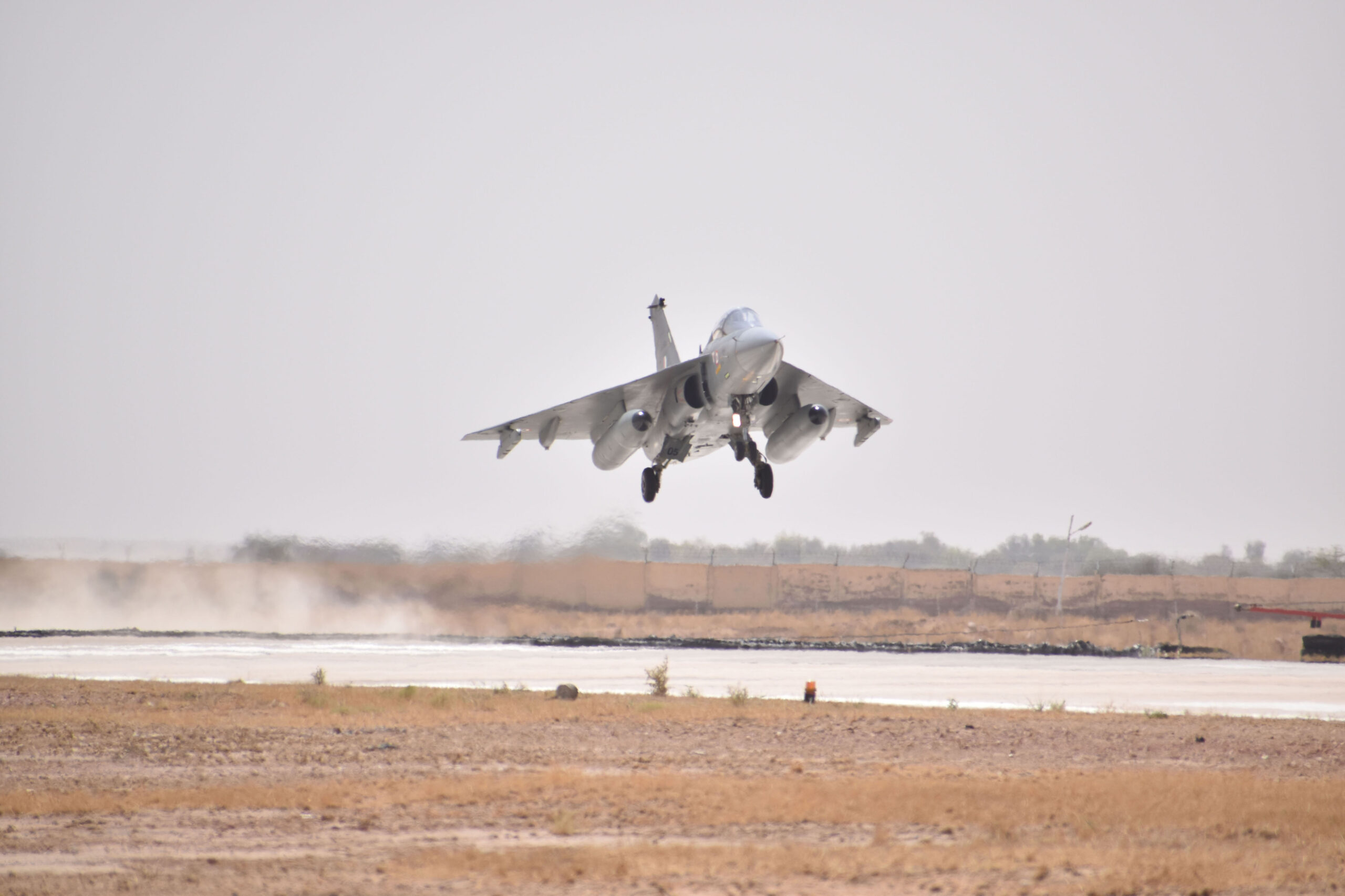
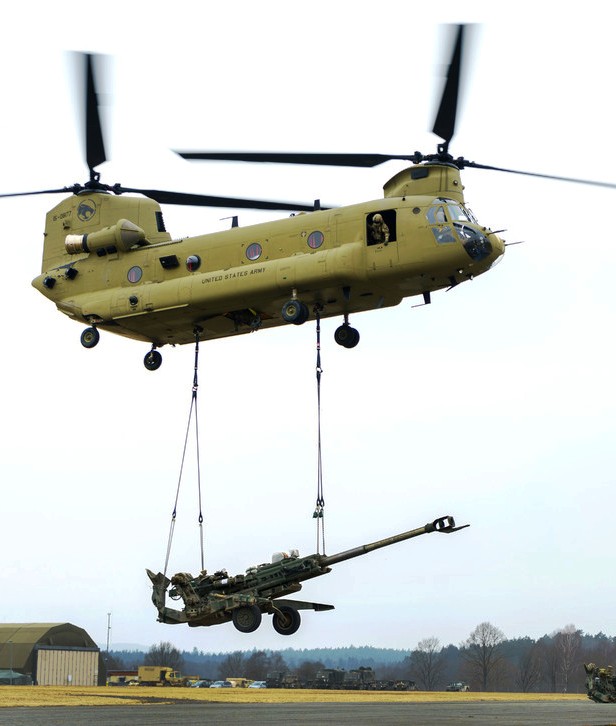
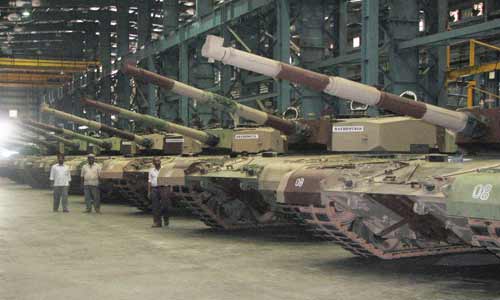


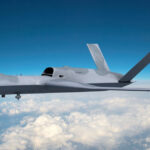
Recent Comments